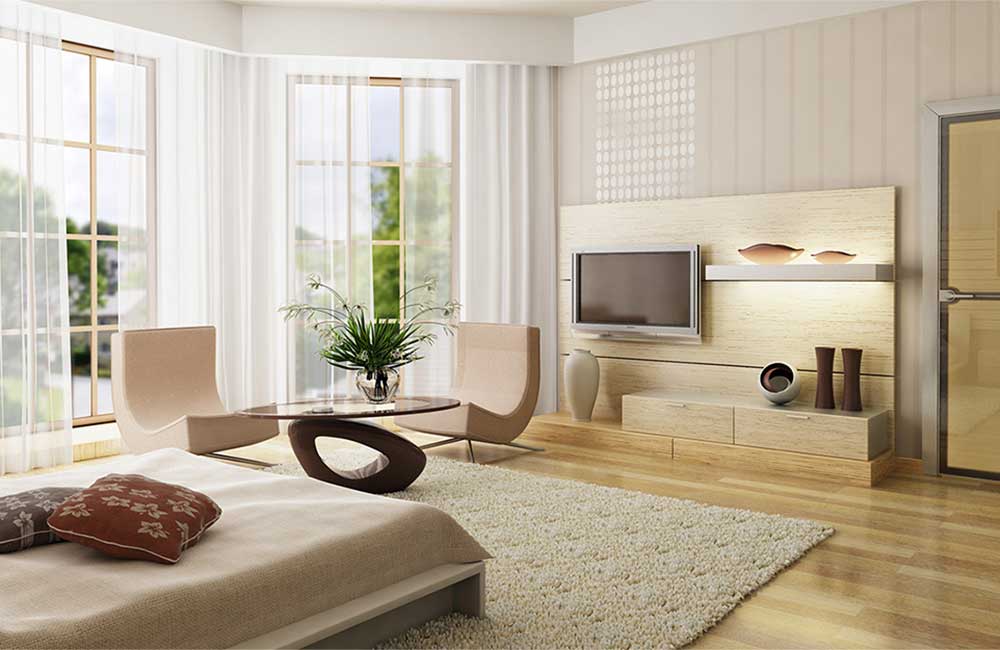Constructivism
Constructivism is a restrained and laconic interior style that originated in Russia in the 20s. It became a kind of reflection of the political changes taking place in the country. Constructivism is based on the desire to rationalize living space as much as possible.
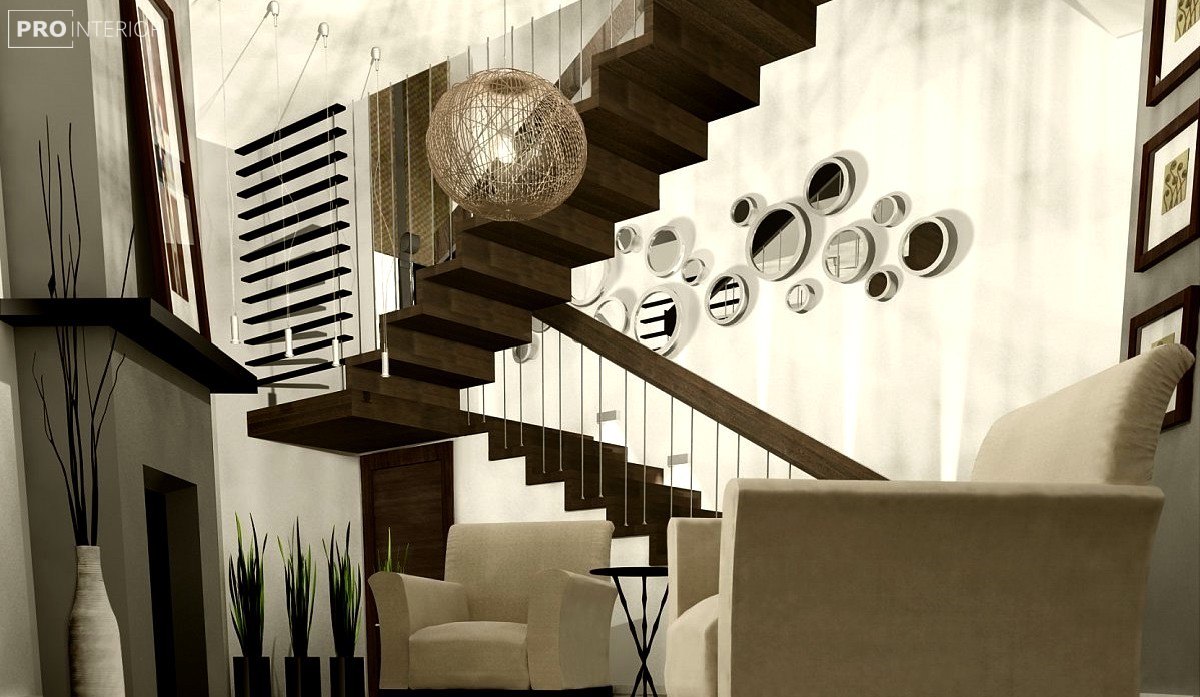
History
Constructivism as an interior style appeared in Russia in the early 20s of the twentieth century. It became a response and at the same time a contrast to the luxurious bourgeois style. The idea of constructivism was based on the maximum functionality of each interior item and the almost complete absence of decorative elements. At the same time, the emphasis was placed on maximum openness of space, convenience and simplicity. The characteristic features of the style are clear straight lines, contrasting colors and strict geometry of forms.
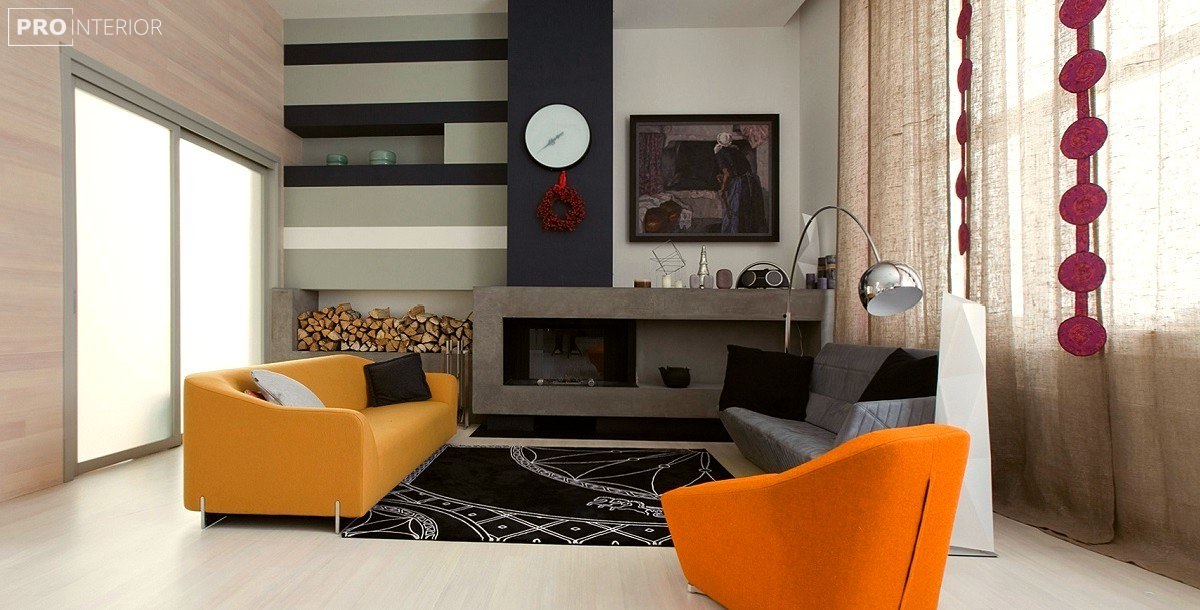
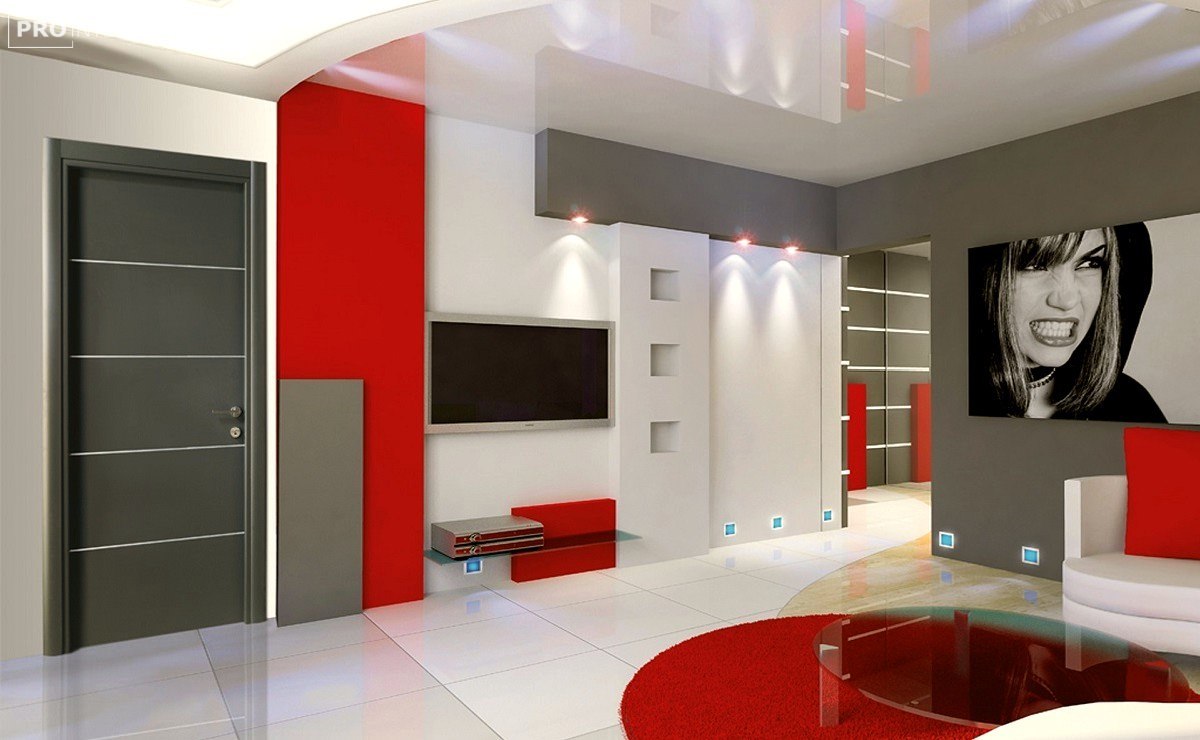
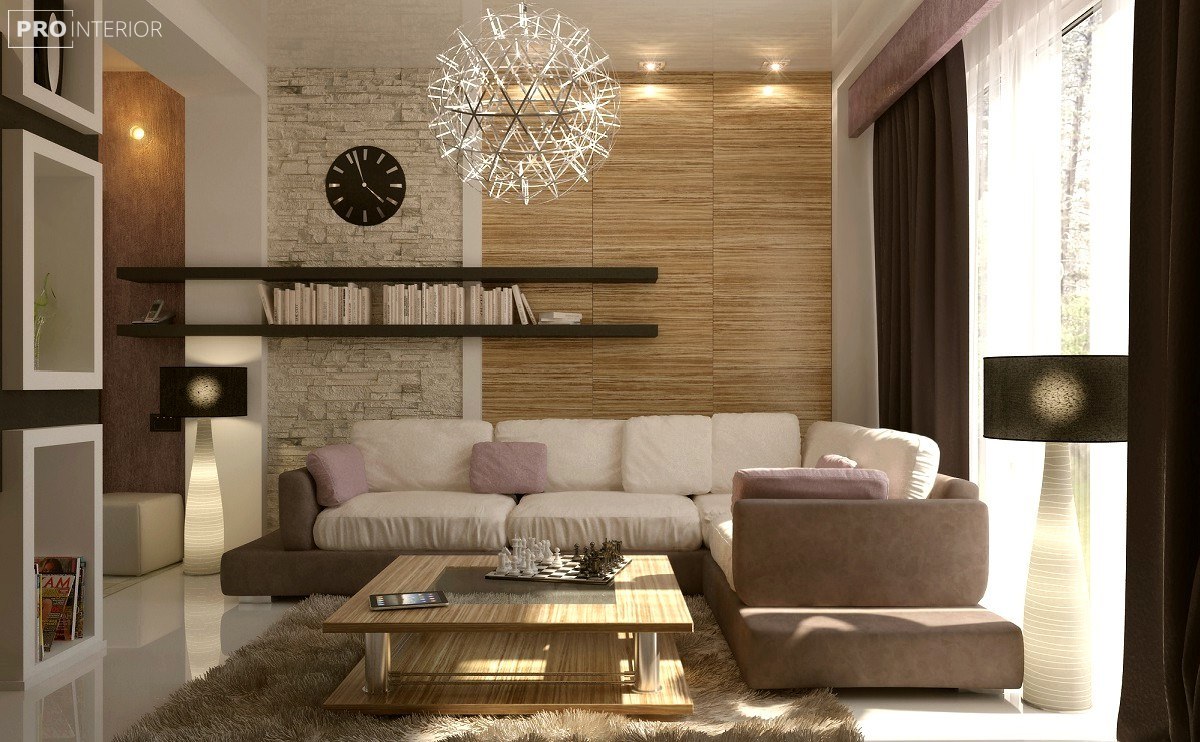
Color scheme
In constructivism, plain prints are dominant. At the same time, often accents on a particular interior detail are made using contrasting colors. White is often used as a basis. It is often used with different shades of gray, red, light green and classic black.
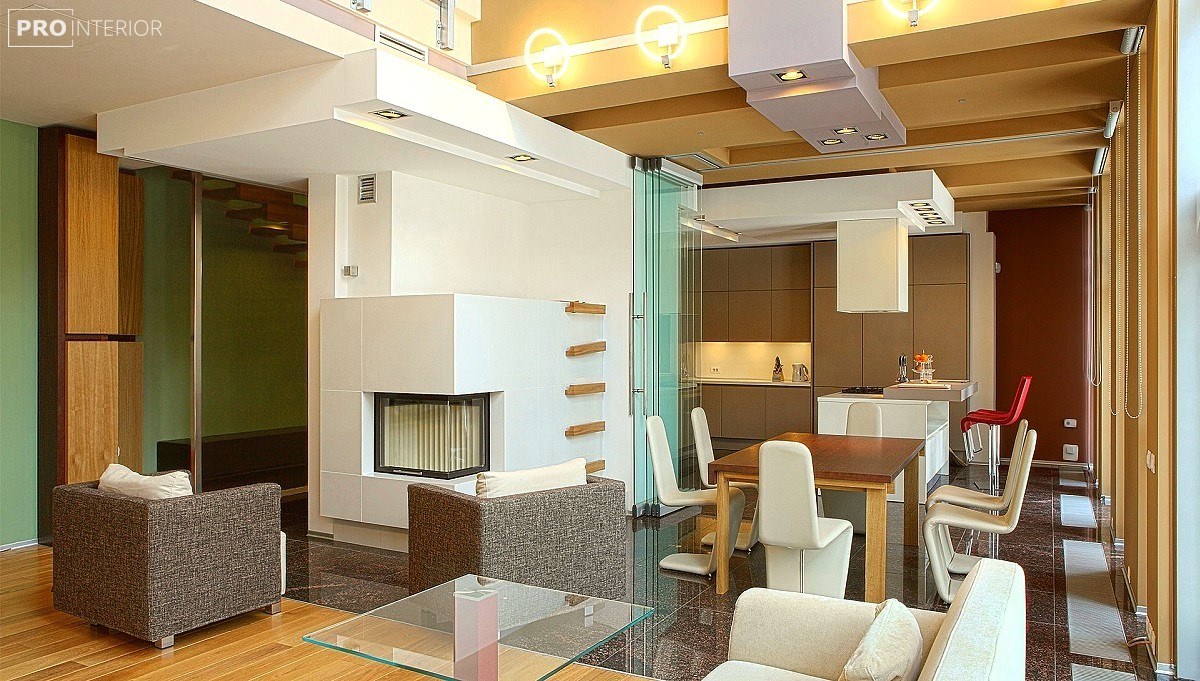
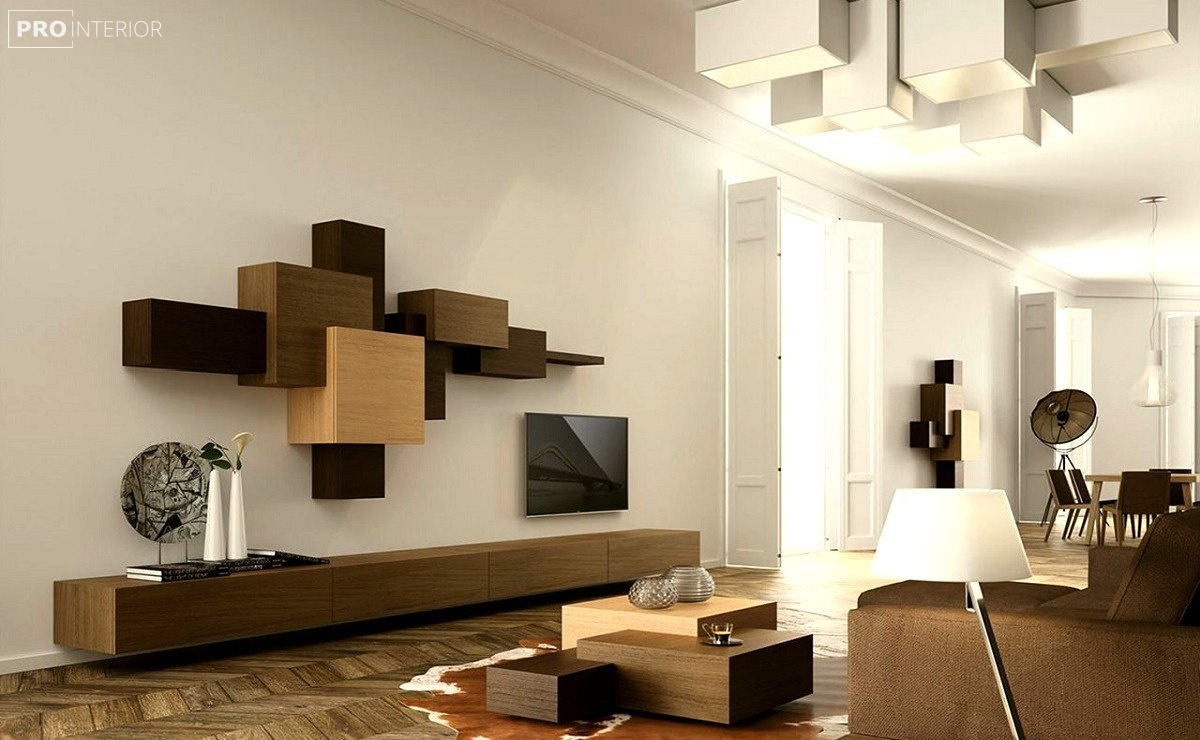
Lighting
In a fairly strict constructivism, special attention is paid to lighting. Natural sources are a priority, so floor-to-ceiling Windows are often used in the interior. To enhance the effect, heavy and light-proof curtains are replaced with light curtains or blinds. As for artificial light sources, they are usually placed only where it is simply impossible to do without them. Often, preference is given to laconic chandeliers and sconces of correct geometric shapes.
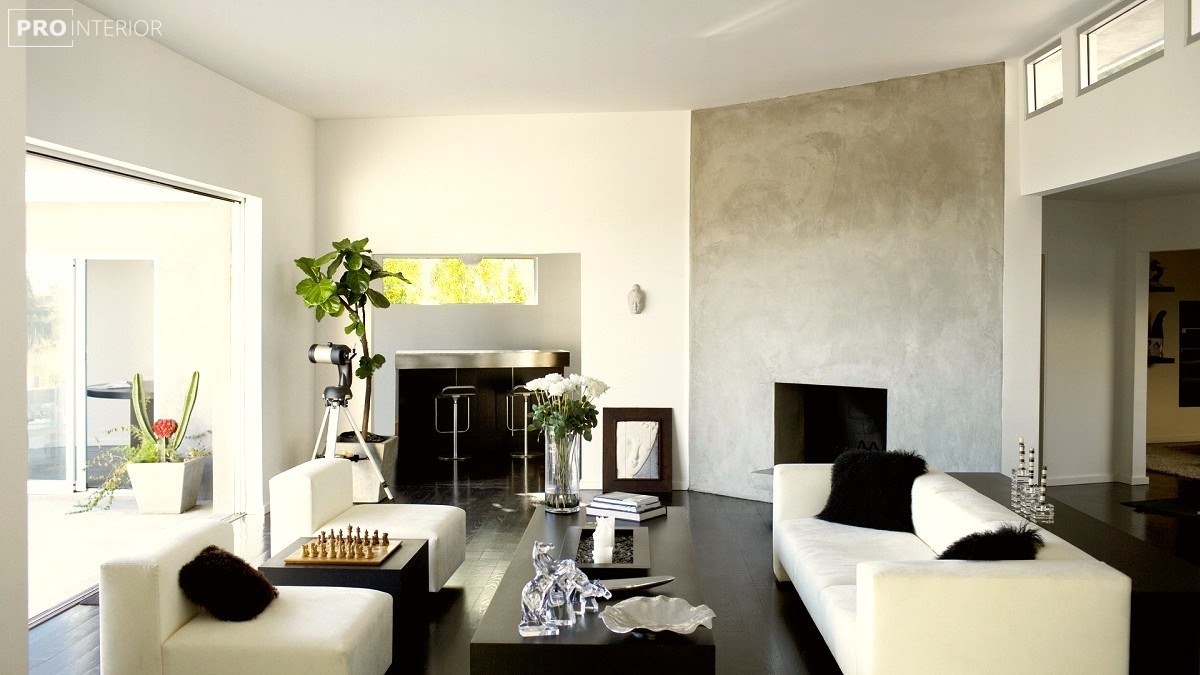
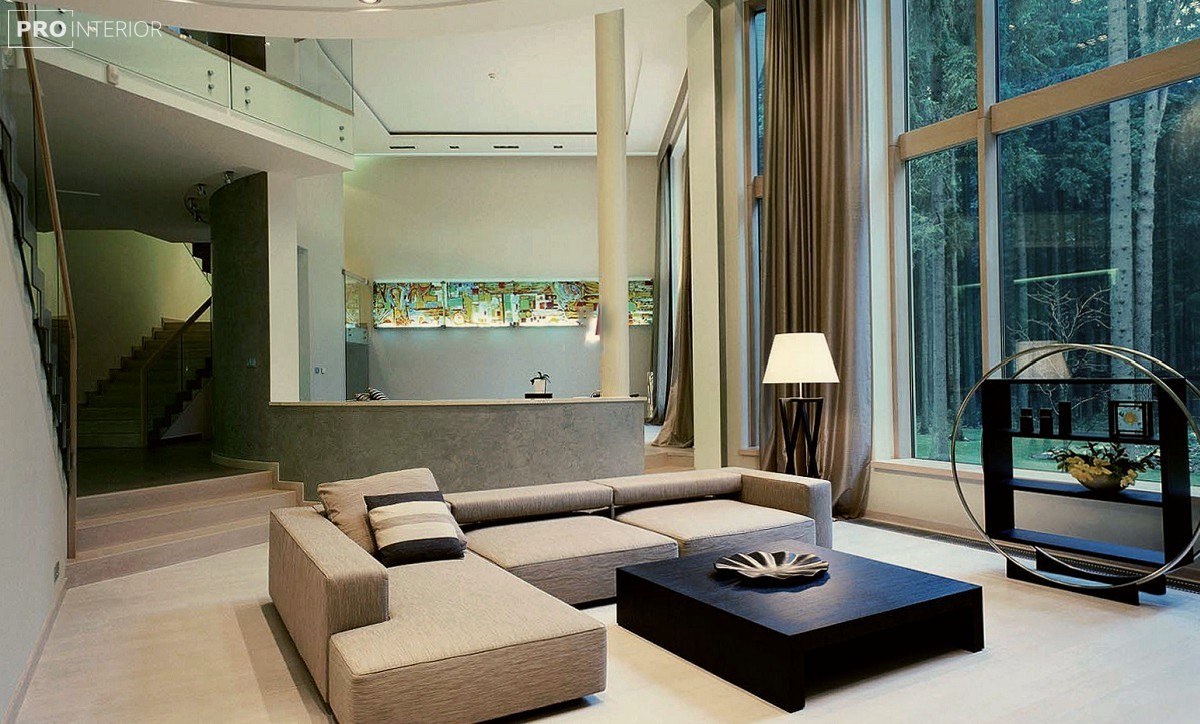
Finishing material
In constructivism, much attention is paid to the practicality of all interior elements, as a result, appropriate materials are selected. These are mostly metal, plastic, and glass. However, for example, low-cost wood can be used for flooring.
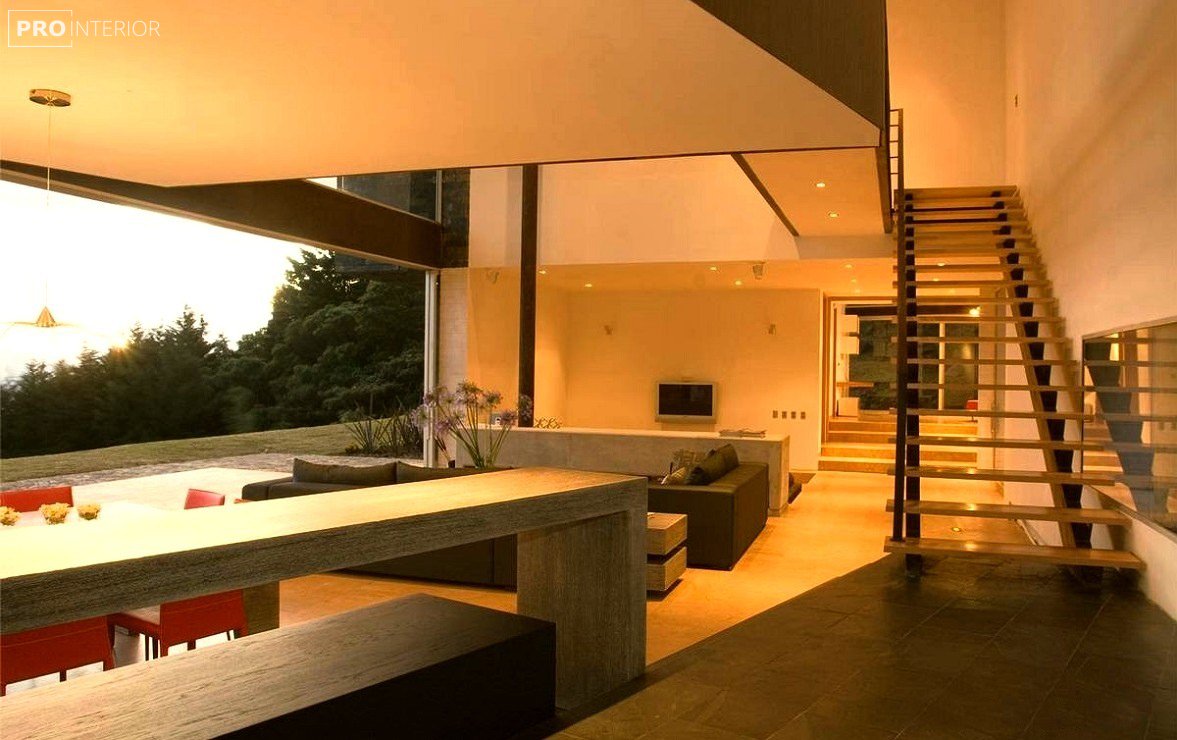
Furniture
Despite the fact that constructivism involves large spaces without clear zoning, furniture in the interior is often not used so much. Sofas, armchairs, tables and cabinets-all items of furniture perform their direct function. At the same time, they completely lack any decorative elements, whether it is carved sofa legs or a color print on the upholstery of the sofa.
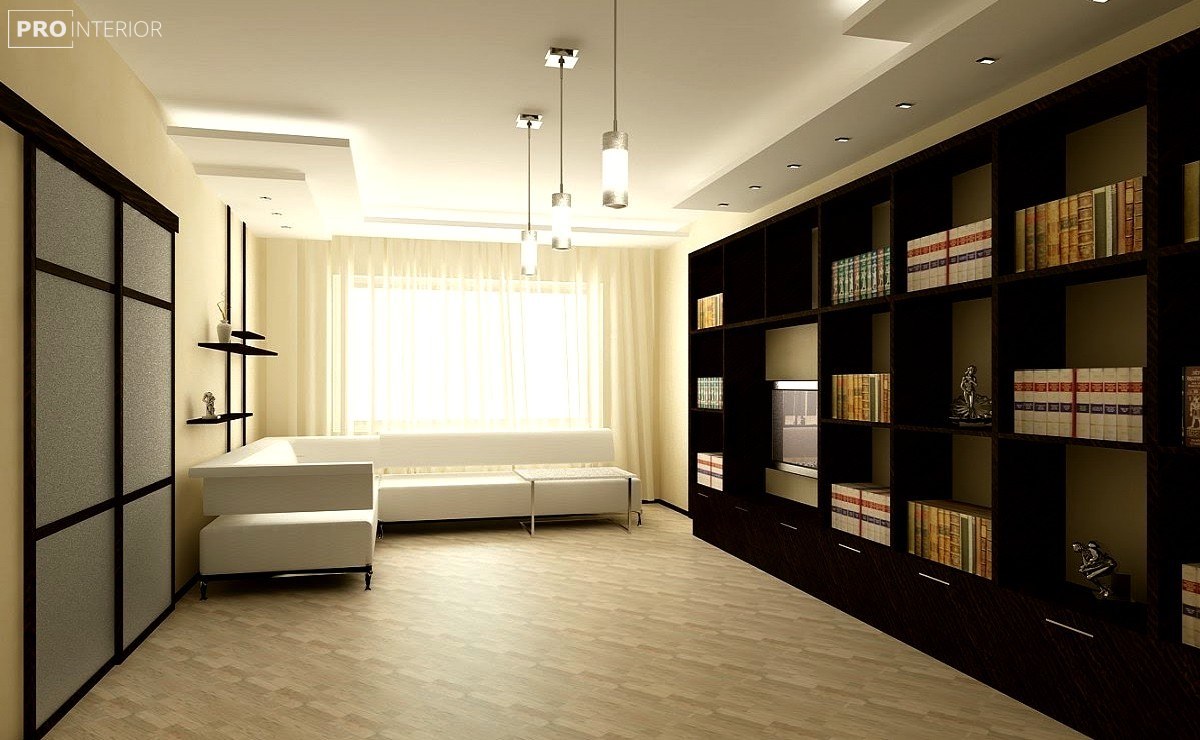
Decor and accessories
The interior in the style of constructivism is quite laconic, there is no room for unnecessary details. All space should be used as efficiently as possible, therefore, each piece of decor has its own functional purpose.
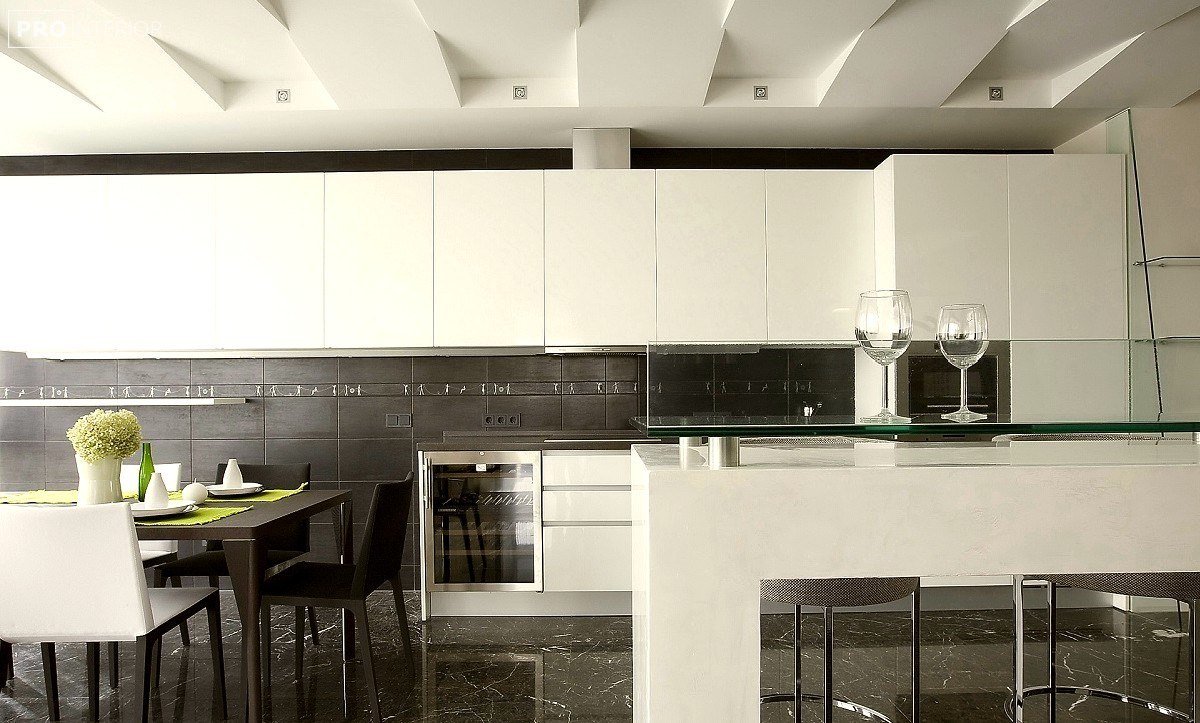
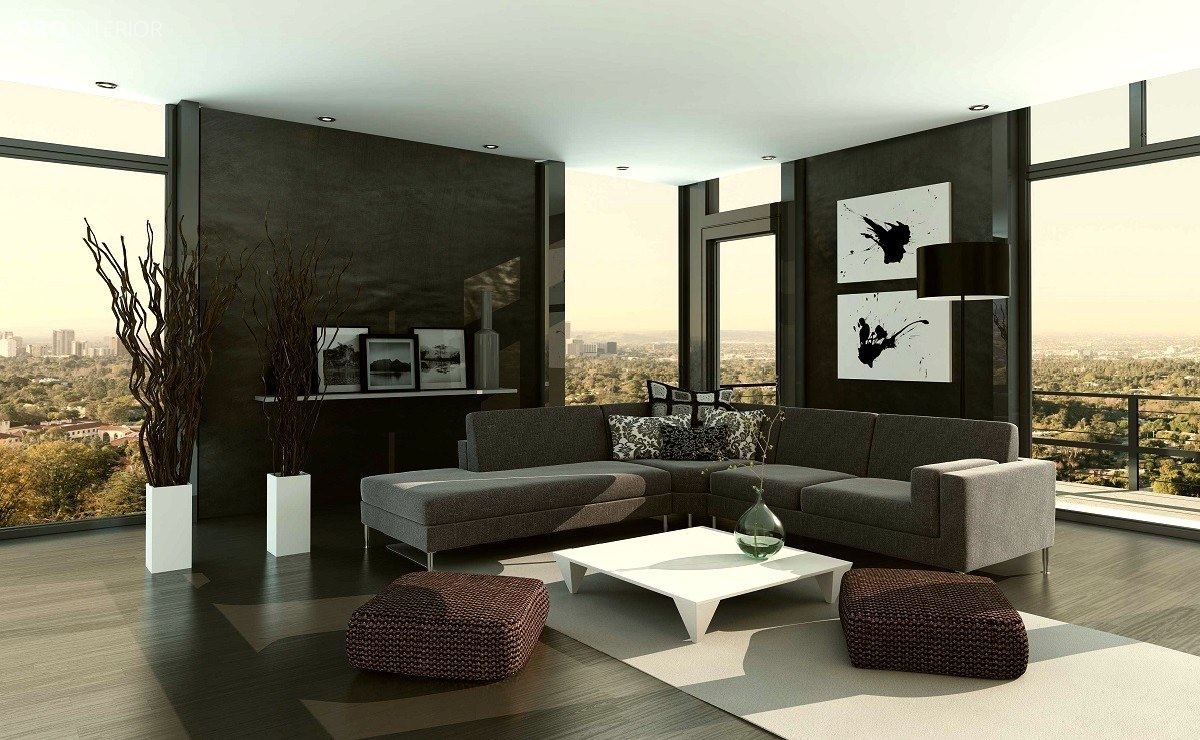
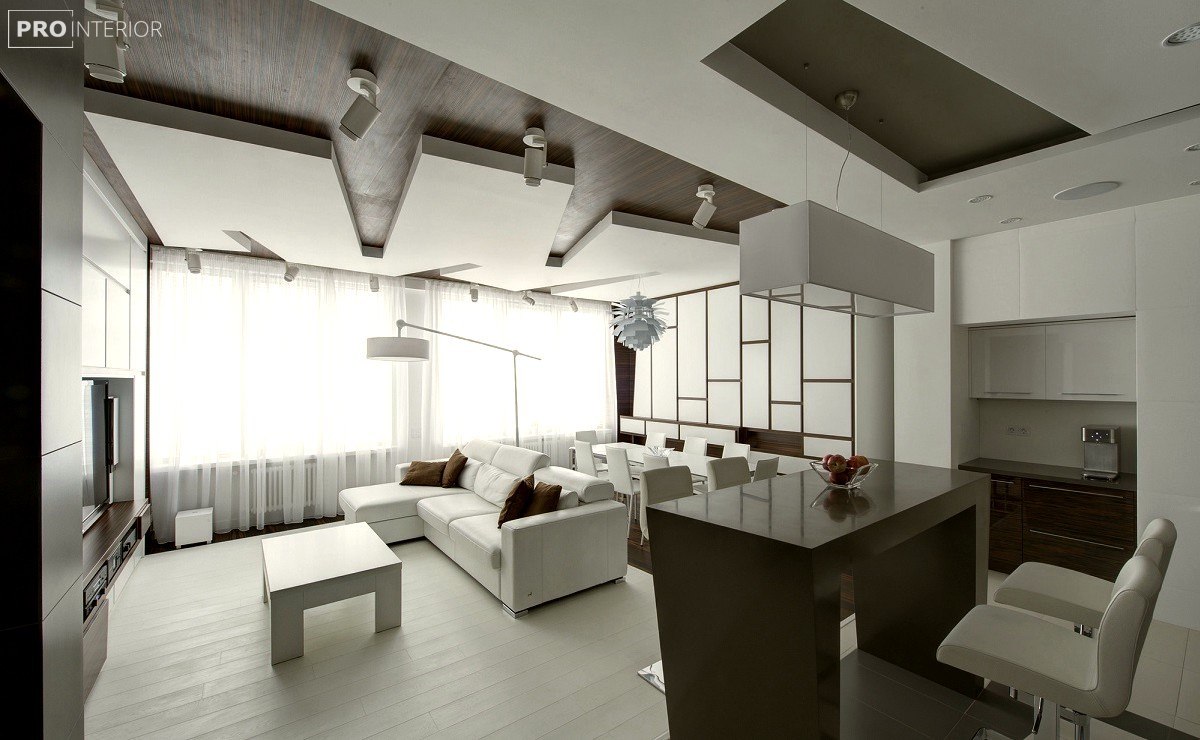
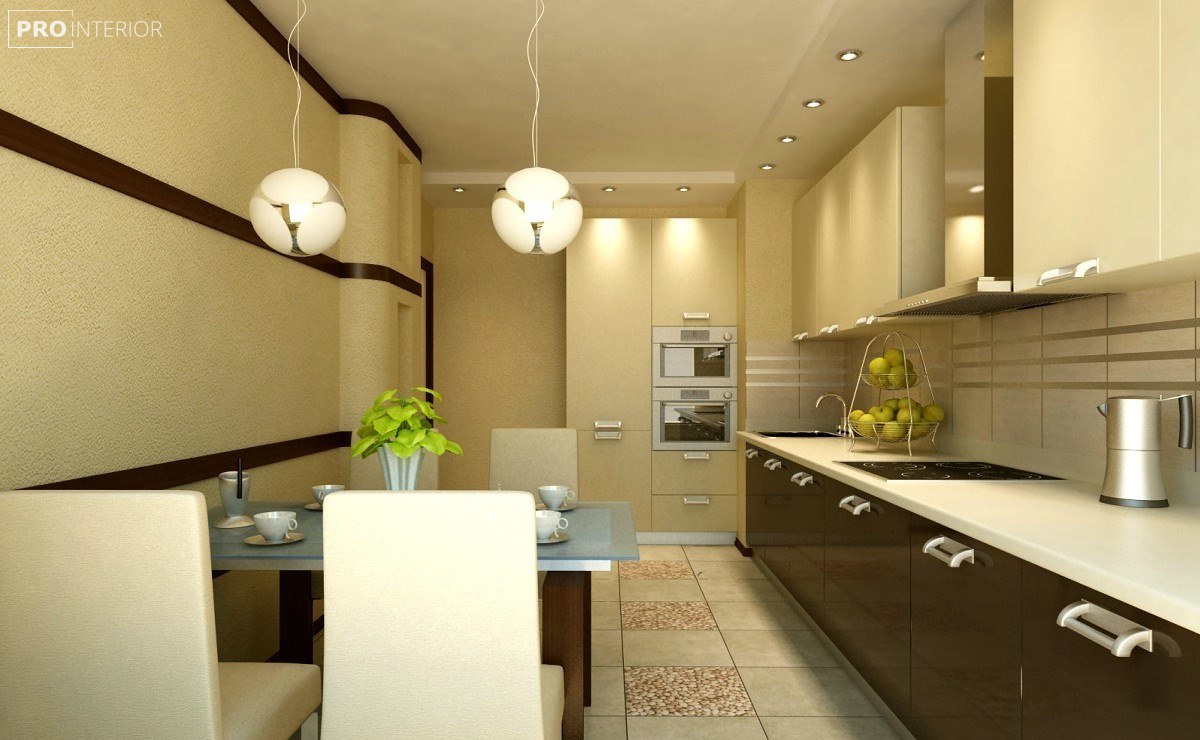
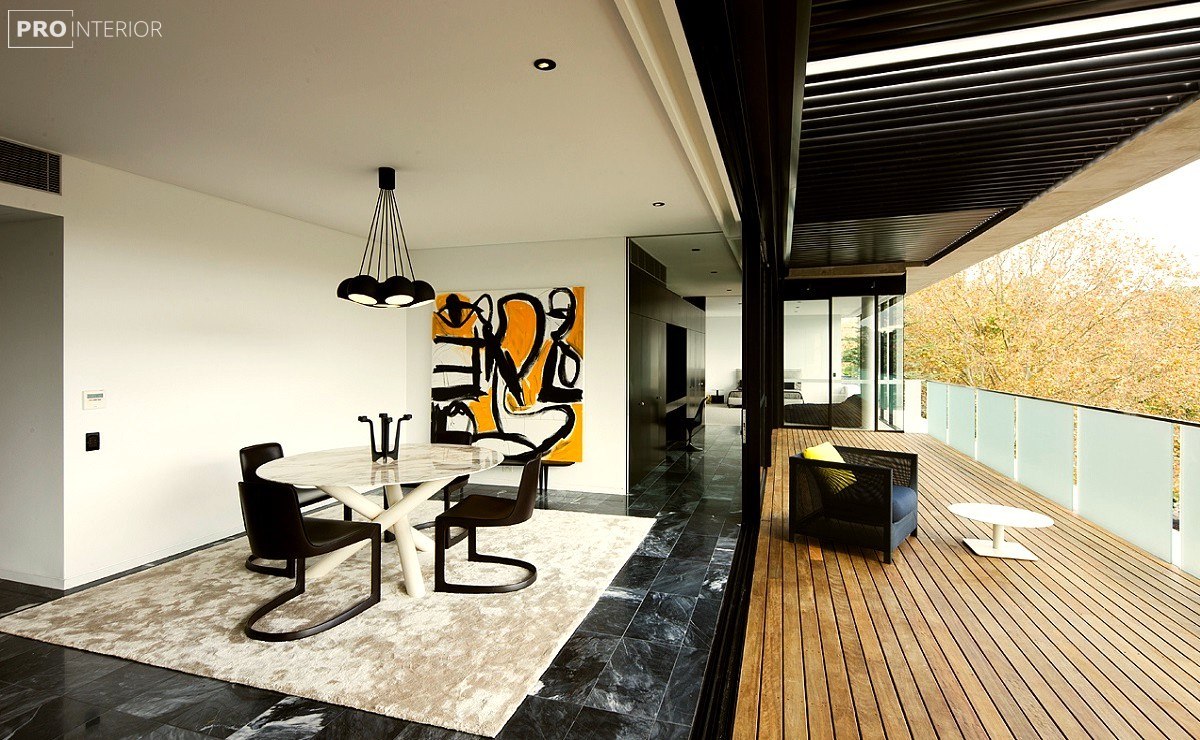
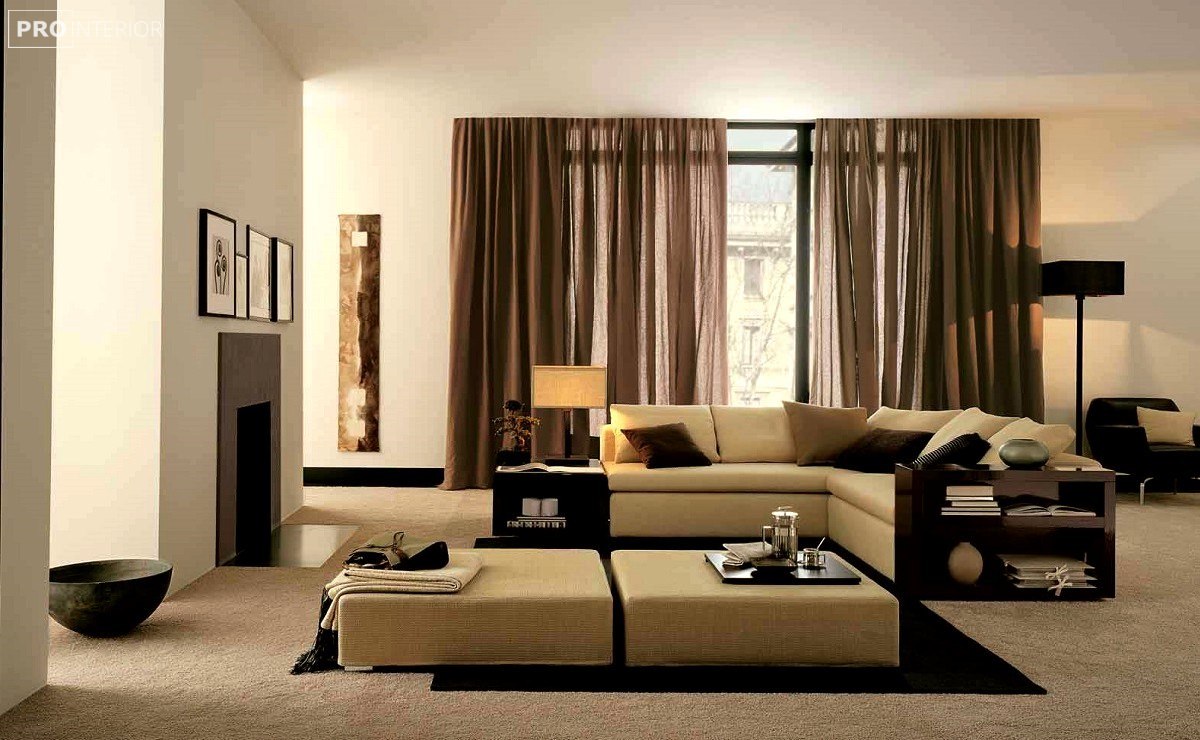
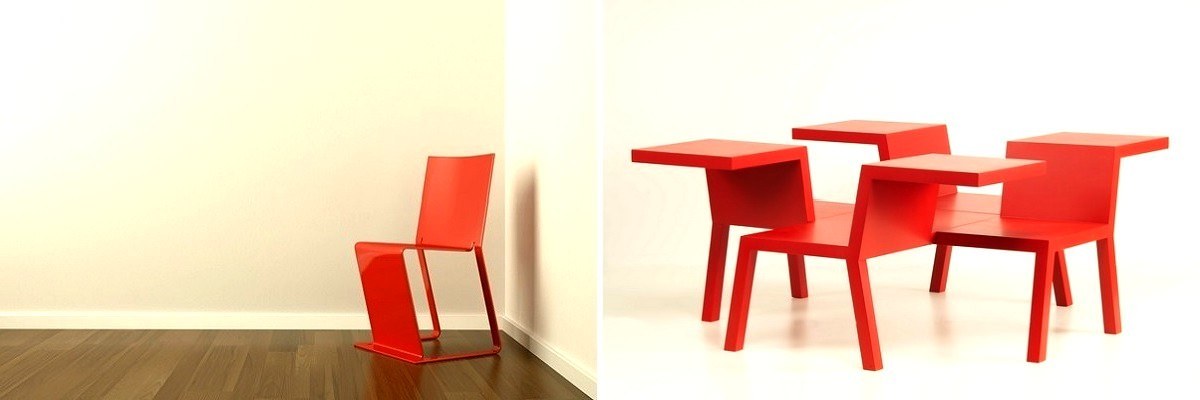
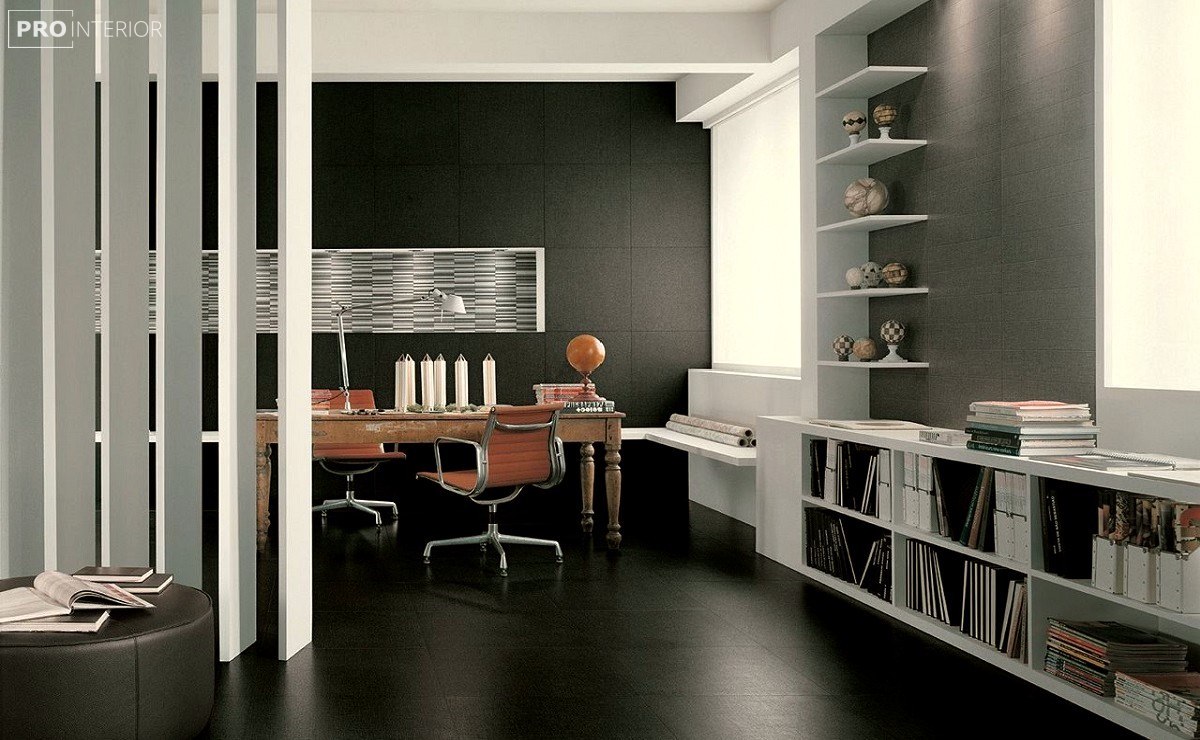
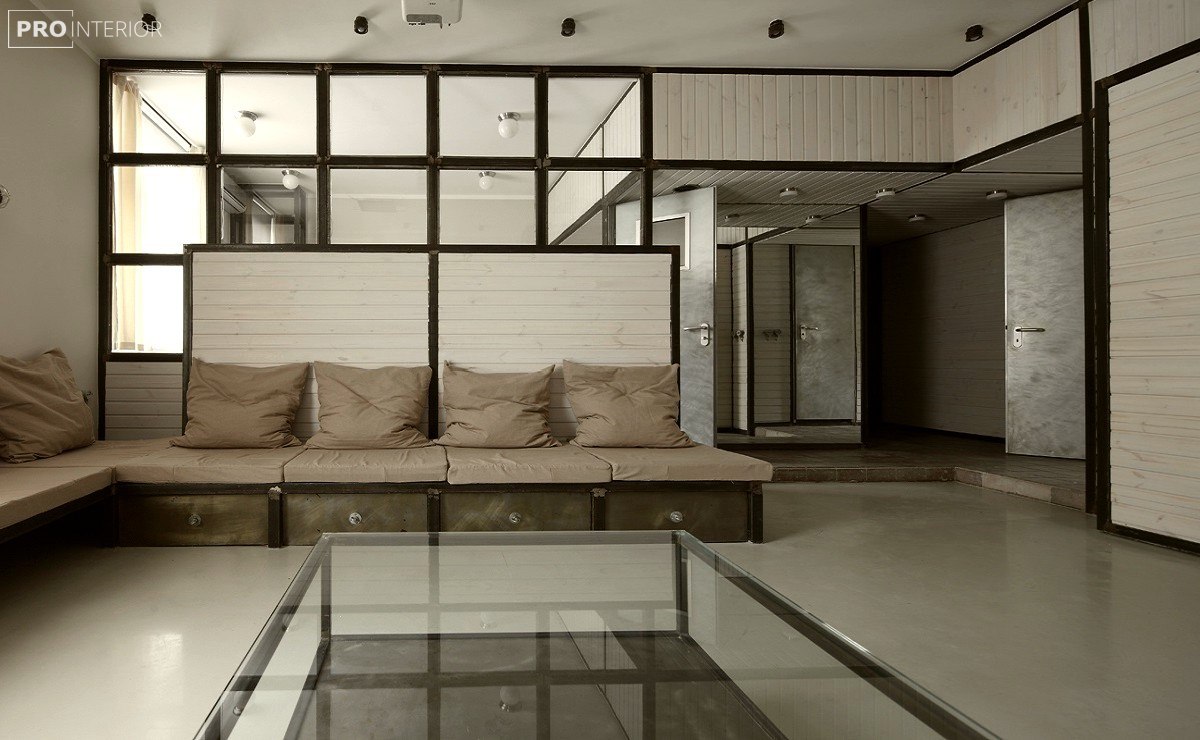
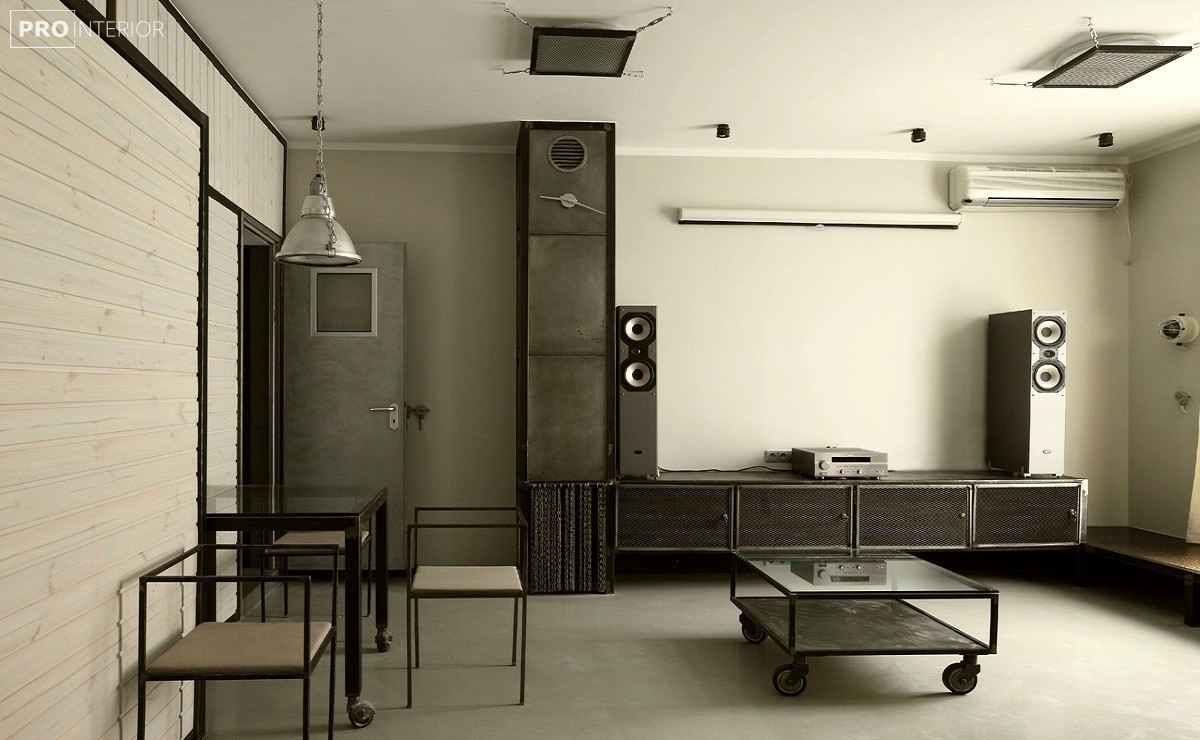
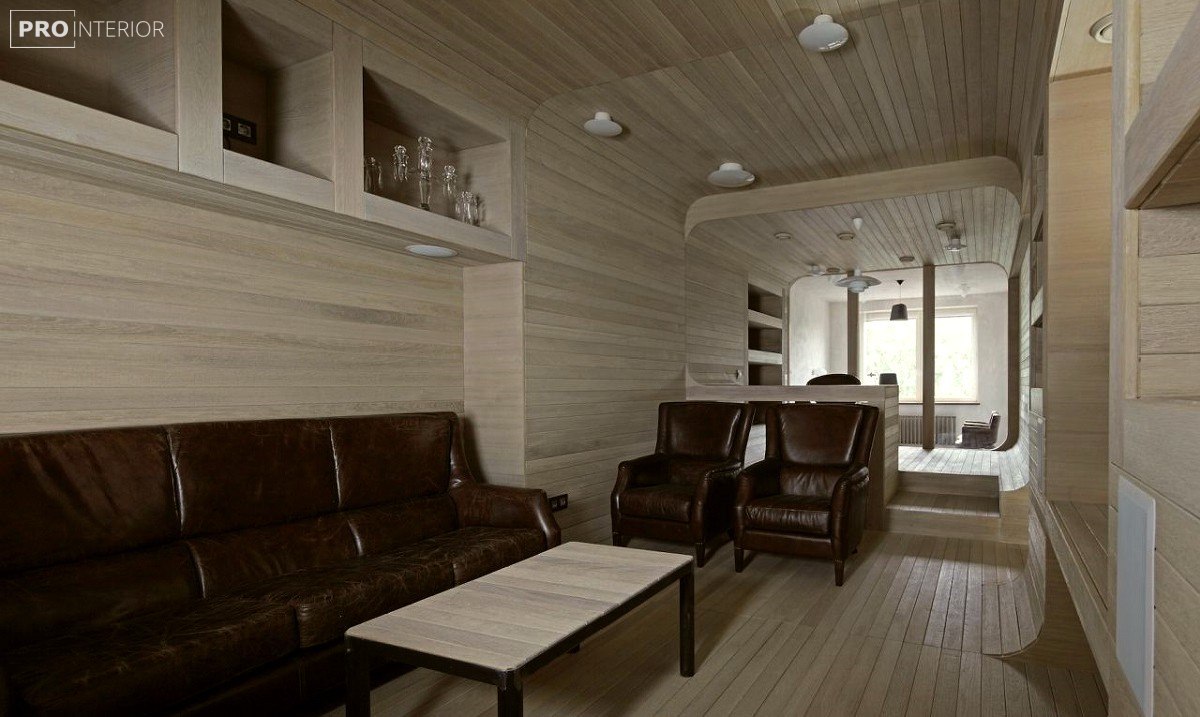
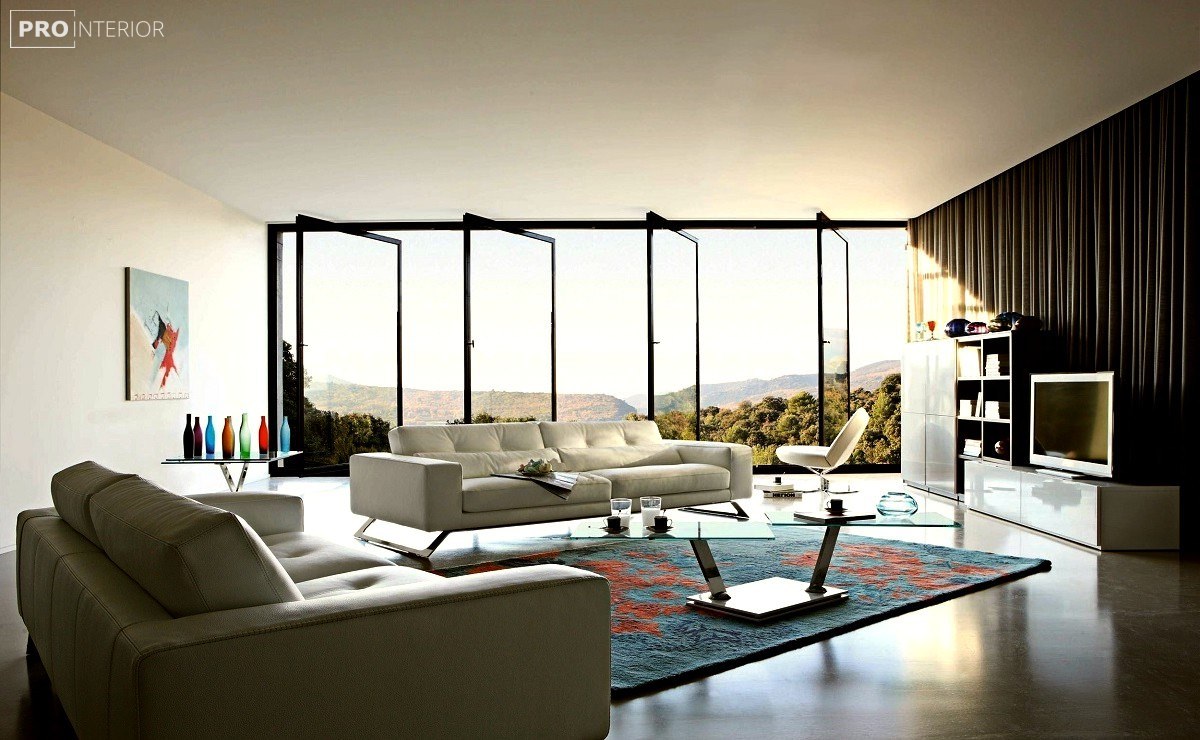
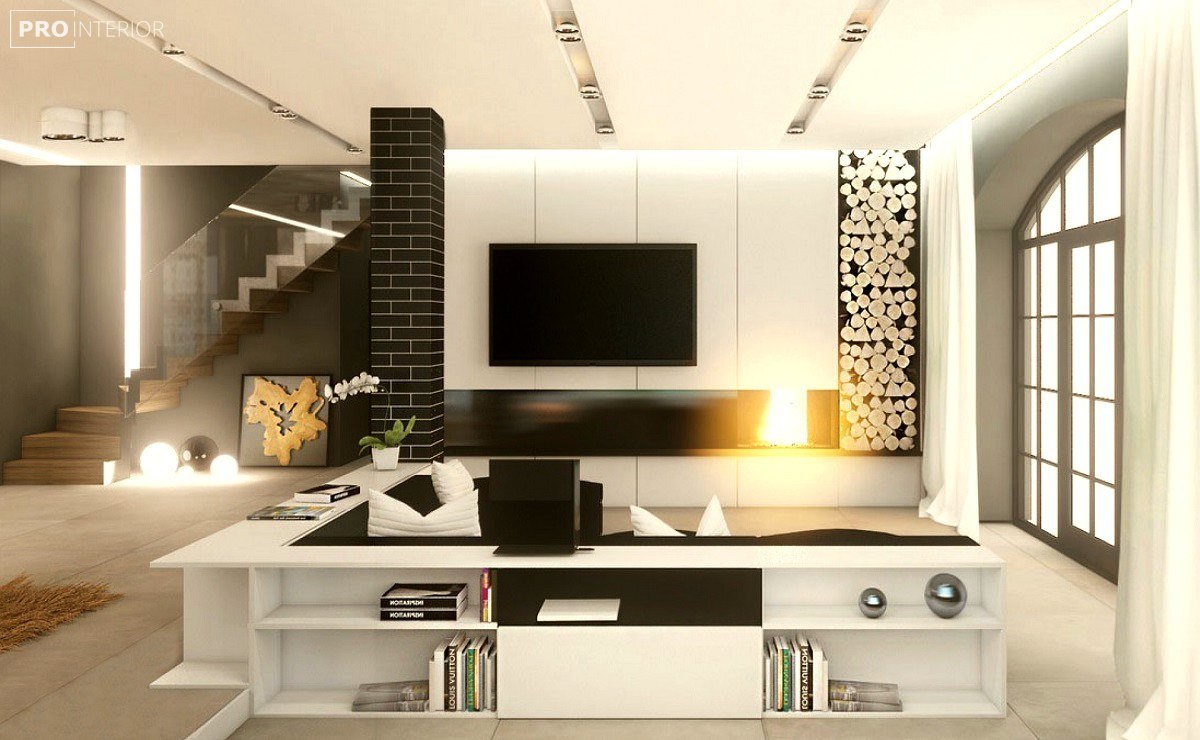
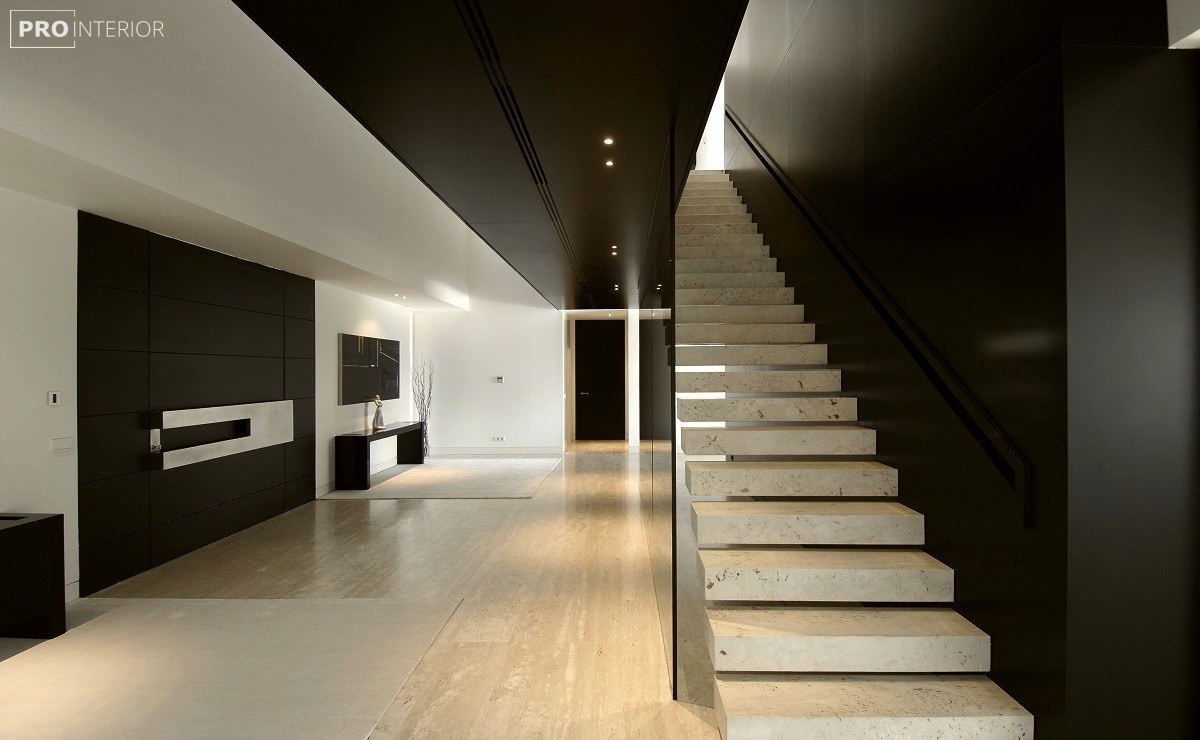
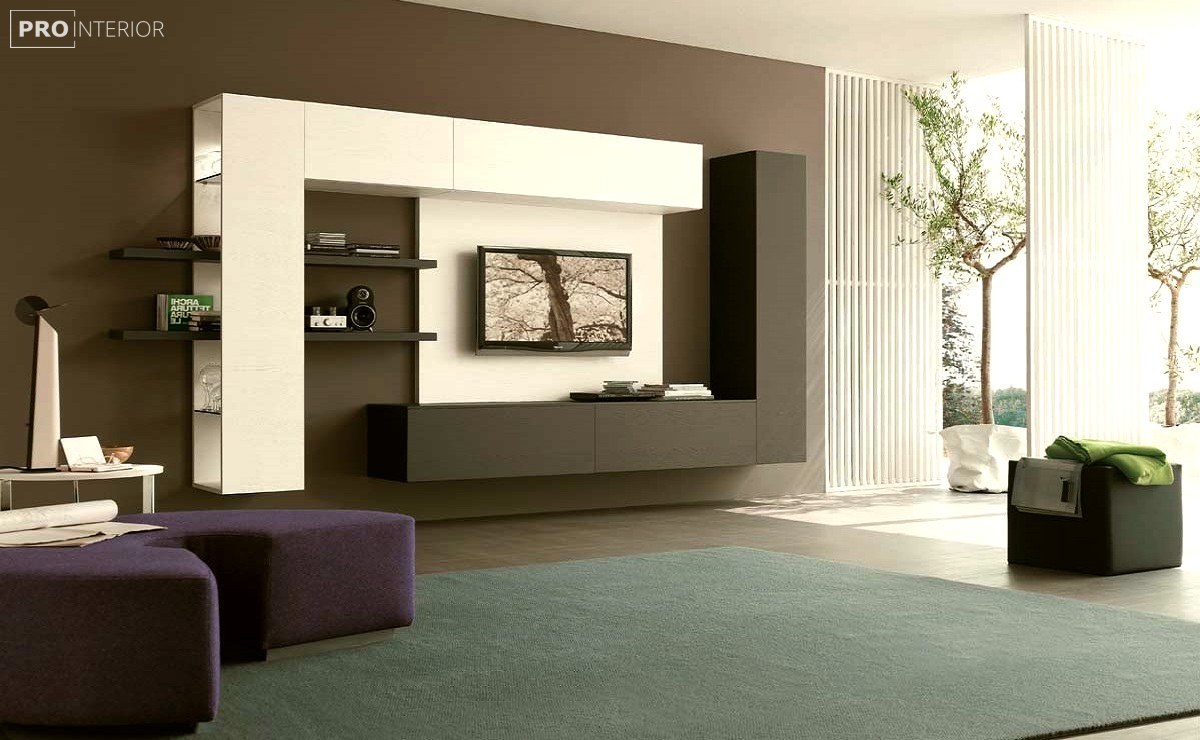
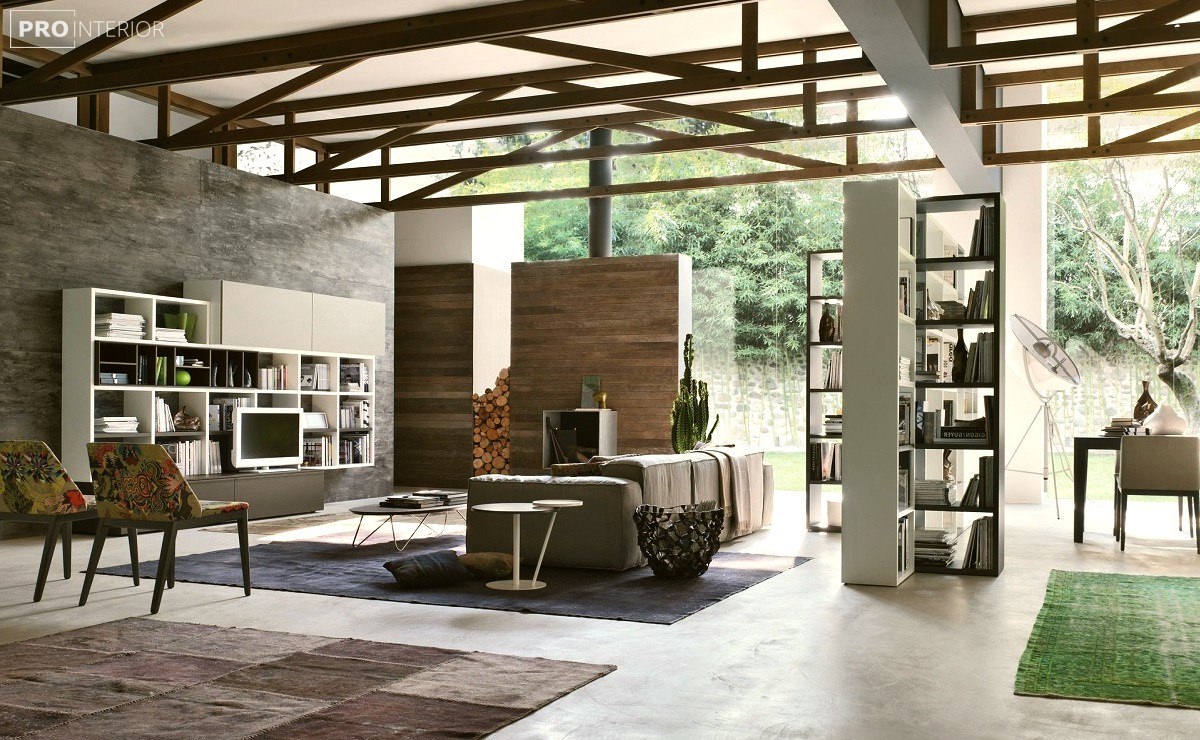
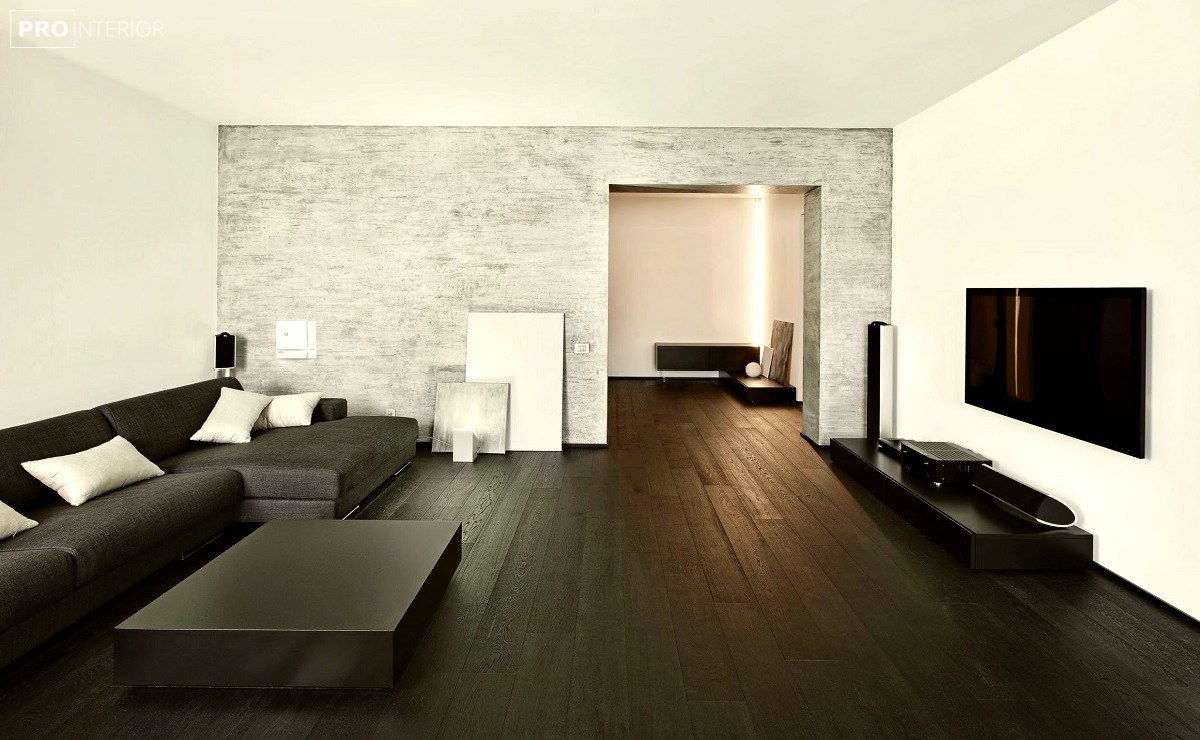
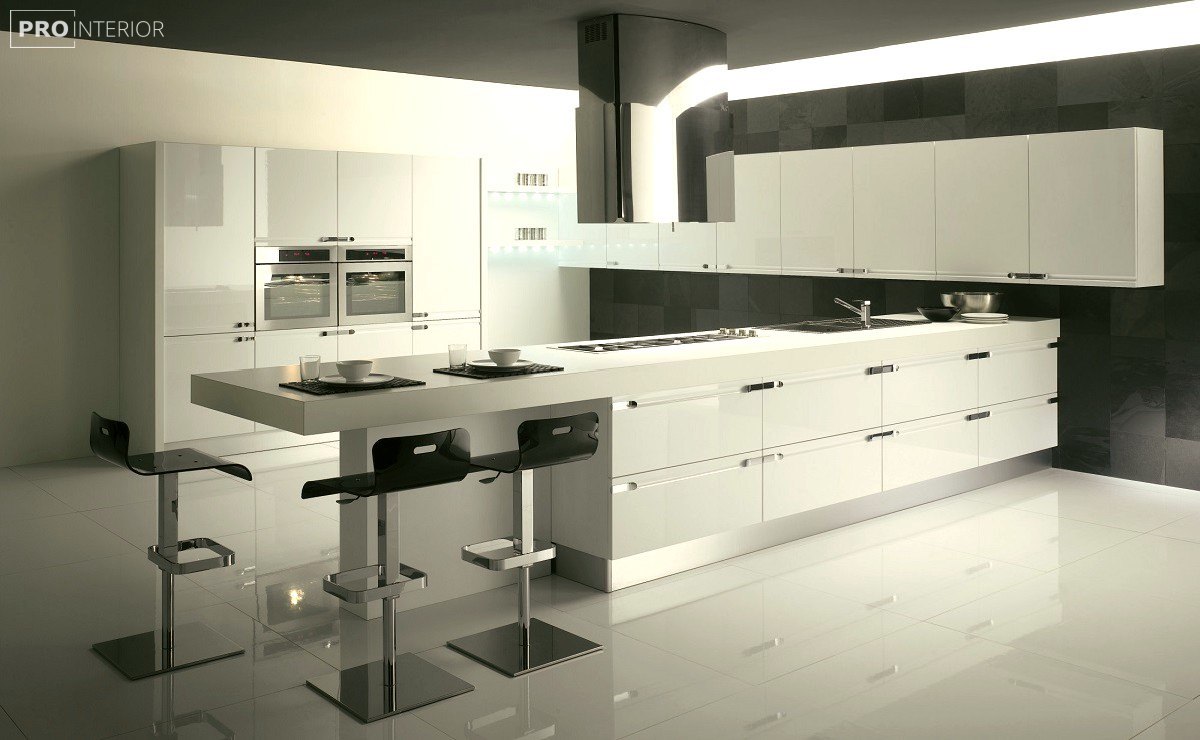
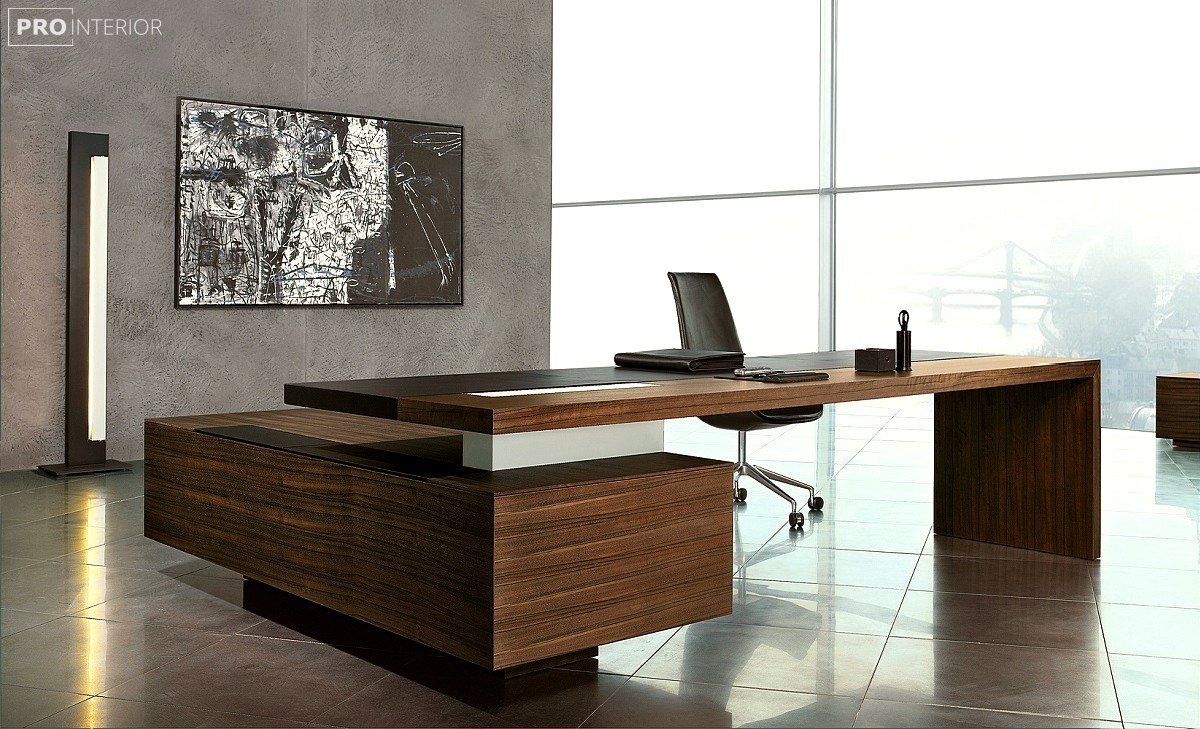
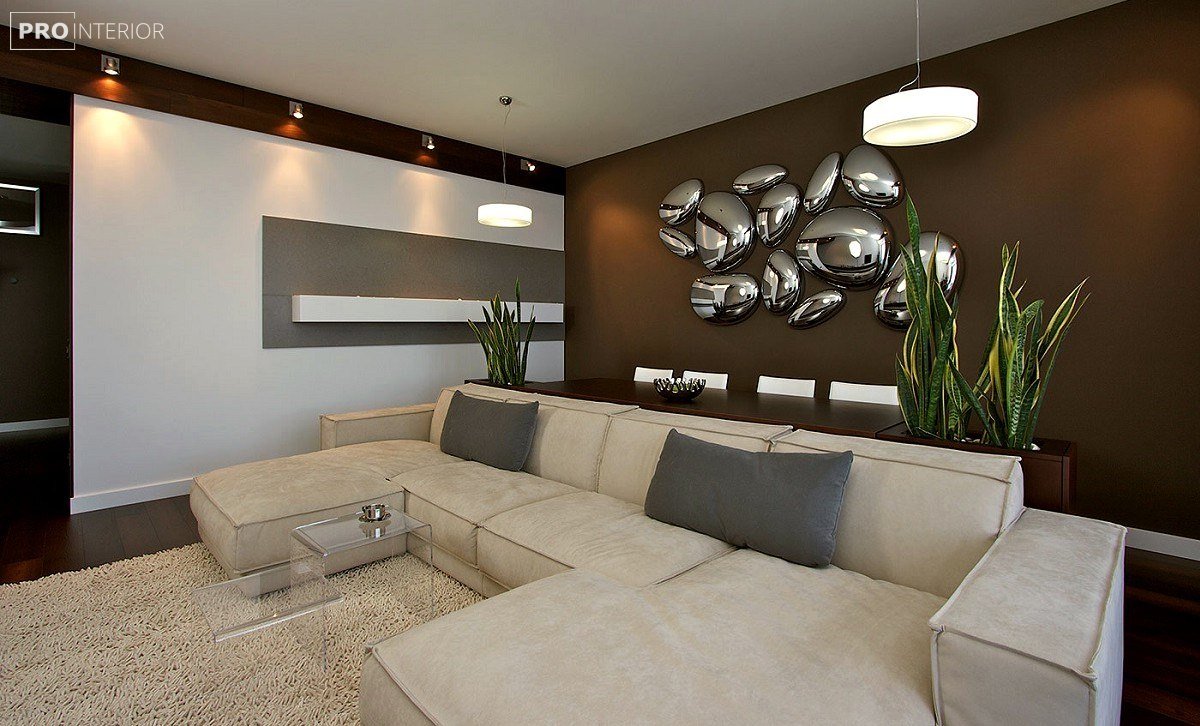
Constructivism today
Over time, constructivism has undergone a number of changes, but this style remains popular today. With the advent of new technologies, functionality has been added to the interior. For example, today preference is given to built-in appliances and furniture. This approach allows you to make the interior more modern, adhering to the fundamental principles of style.
You may also be interested In:
Все, что вы не нашли на сайте, найдете с GOOGLE прямо тут "не отходя от кассы".
